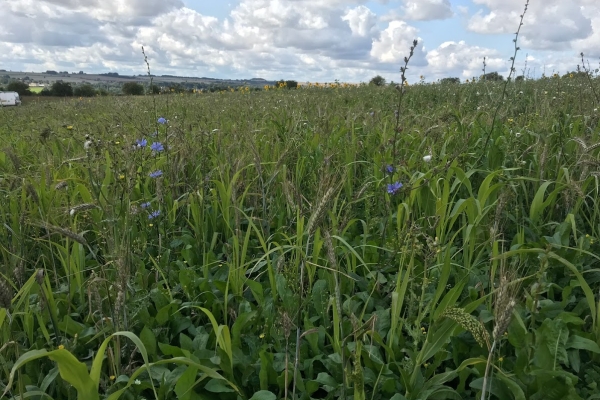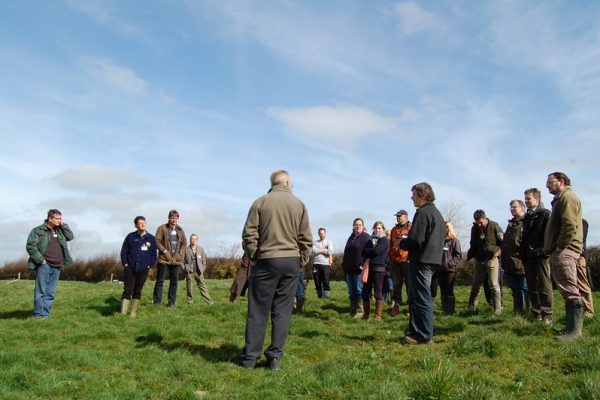Achieving Net Zero
Farmer's 2040 goal
Resource explained
This pamphlet outlines the NFU’s goal of reaching net zero greenhouse gas (GHG) emissions across the whole of agriculture in England and Wales by 2040 (10 years before the UK Government’s target). There is no single solution to mitigate GHG emissions. However, agriculture is uniquely placed to capture CO2 from the air and turn it into a wide range of foods, fibres and fuels. The NFU propose 3 key themes (pillars) to achieve their ambition; improve farming productivity, improve land management to capture more carbon, and boost renewable energy and the bioeconomy. They believe individual farm businesses will be able to take part if they can choose from a broad range of policy measures and if the industry works together. However, systems for farmers to track and be rewarded for reducing /offsetting GHG emissions have yet to be developed. Therefore, there is an urgent need to pilot their plans.
Findings & recommendations
In 2017, British agricultural GHG emissions (45.6 MtCO2e/year) accounted for 10% total UK emissions. The NFU aim to reduce and offset this to zero by 2040. This requires the industry to work together as a whole. Individual businesses would choose from a broad range of policy measures. The NFU propose 3 key pillars:
Pillar 1: Boosting farm productivity and reducing emissions (savings: 11.5 MtCO2e/year) e.g.
- Improve efficiency of nitrogen fertilisers
- Feed additives to reduce livestock methane emissions
- Improve animal health
- Precision farming
- Prevent and loosen compacted soil
- Convert by-products into renewable energy
- Improve energy efficiency
Pillar 2: Farmland carbon storage (savings: 9 MtCO2e/year). Improved land management and change land use to capture more carbon e.g.
- Encourage practices that increase carbon-rich soils
- Bigger and more hedgerows
- Increase woodland planting
- Peatland and wetland restoration
Pillar 3: Coupling bioenergy to carbon capture, utilisation and storage (saving 26 MtCO2e/year) e.g.
- Bioenergy with carbon capture and storage (BECCS)
- Use bio-based materials in construction
- Increase use of land-based renewables
- Application of biochar to soil
In order to meet these targets they need:
- Partnerships with government, industry and academics
- Support from government and other stakeholders development of systems to track and reward emission reductions
- To pilot their plans






